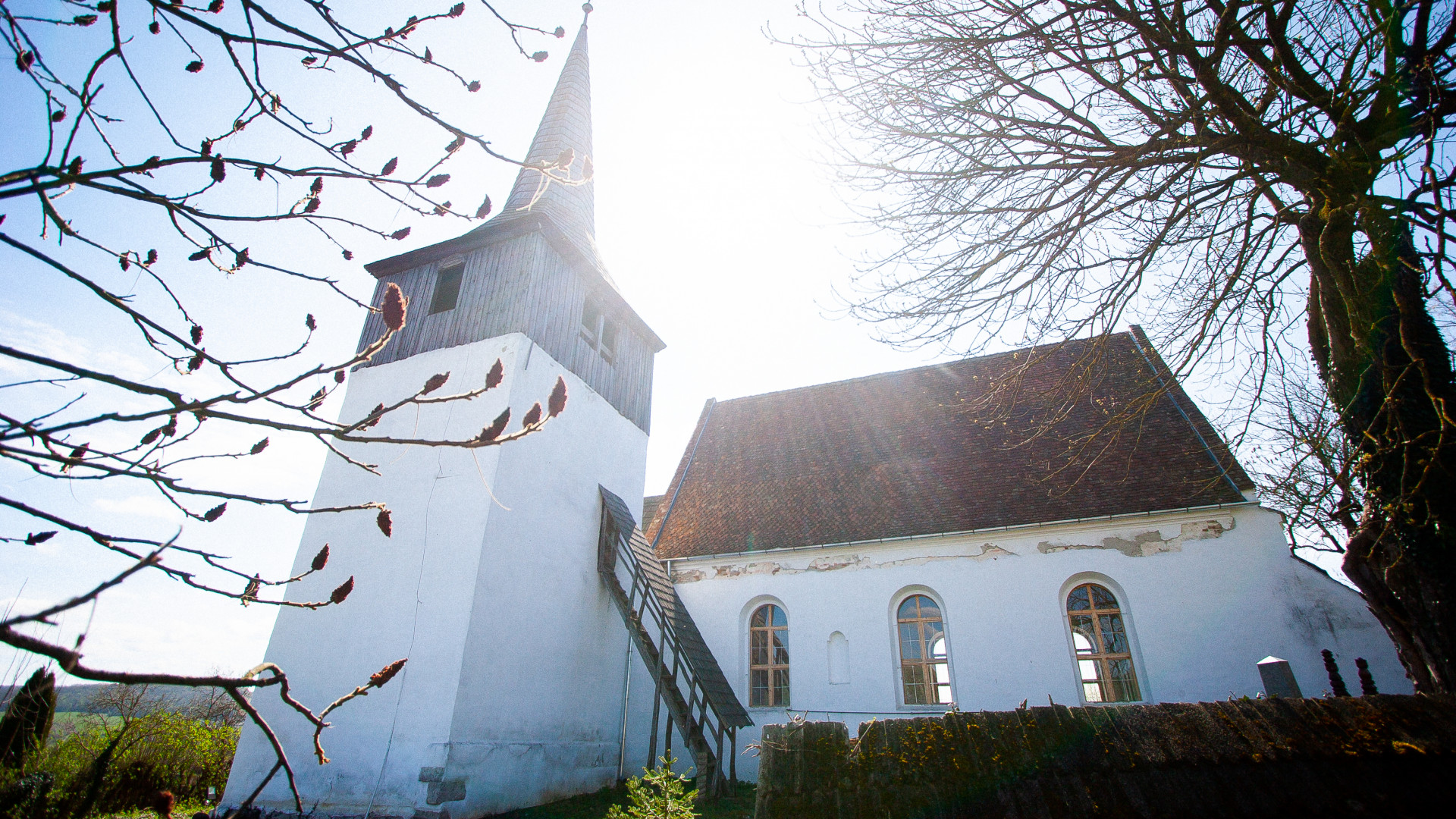Churches
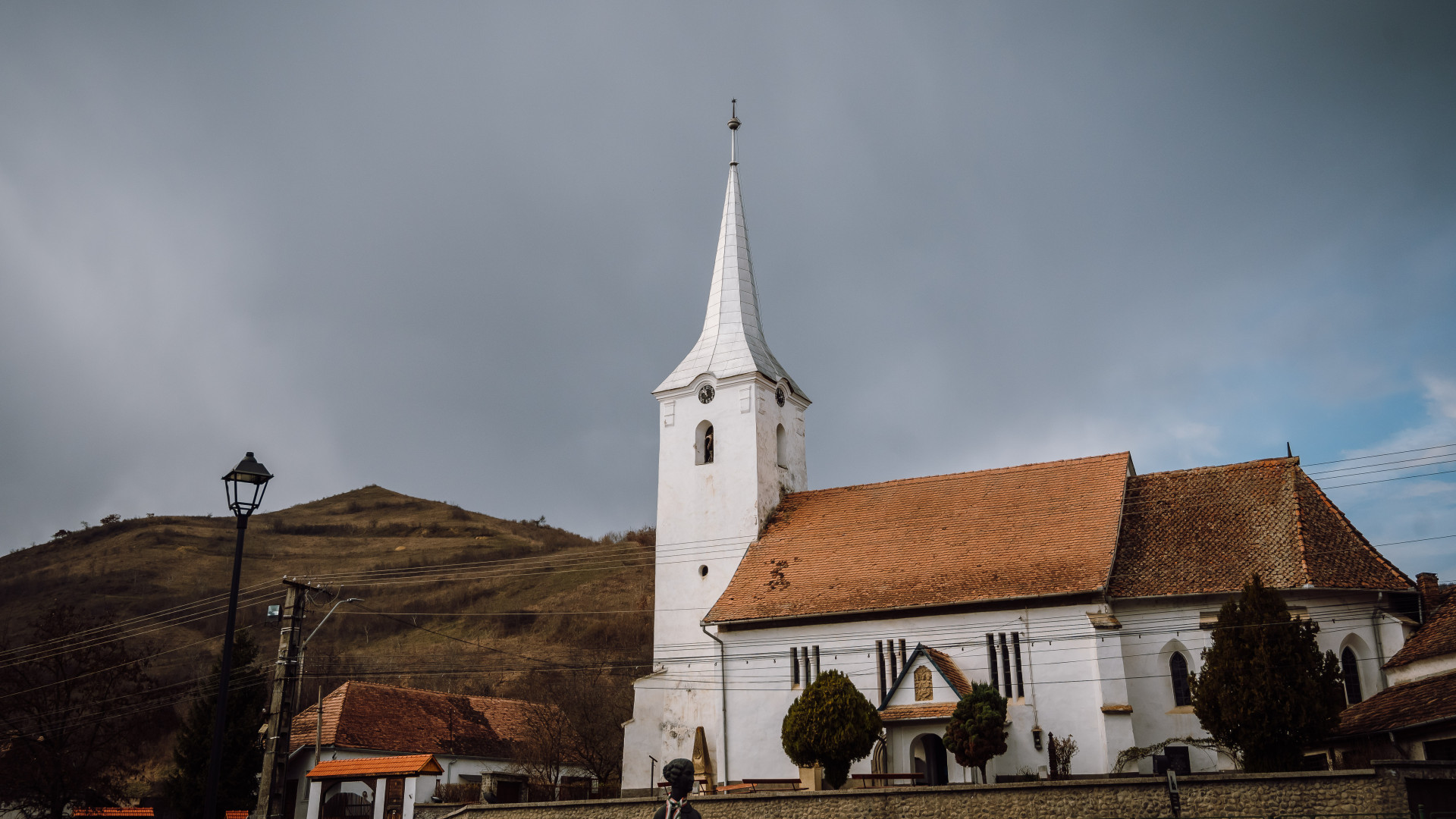
Reformed church - Sângeorgiu de Pădure
The construction period of the reformed church built in the Gothic style is supposed to be the end of the 1200s. Throughout the time, the church has undergone several changes, renovations, until it has acquired its present form. Such renovation took place between 1758-1760, when, through the Baroness Wesselényi Kata, the wife of Count Rhédey Zsigmond, the ceiling became cassette, the church was restored both inside and outside, and the church received pulp and crown pulpit. During this period the church gallery was made, and then the fresco is painted with the Wesselényi family coat of arms on the sanctuary ceiling. The major renovation in 1935 was done through the donation of the Queen of England, Victoria Mary. Under the church there is a crypt, built, where the Countess Claudia Rhédey is buried.
Learn more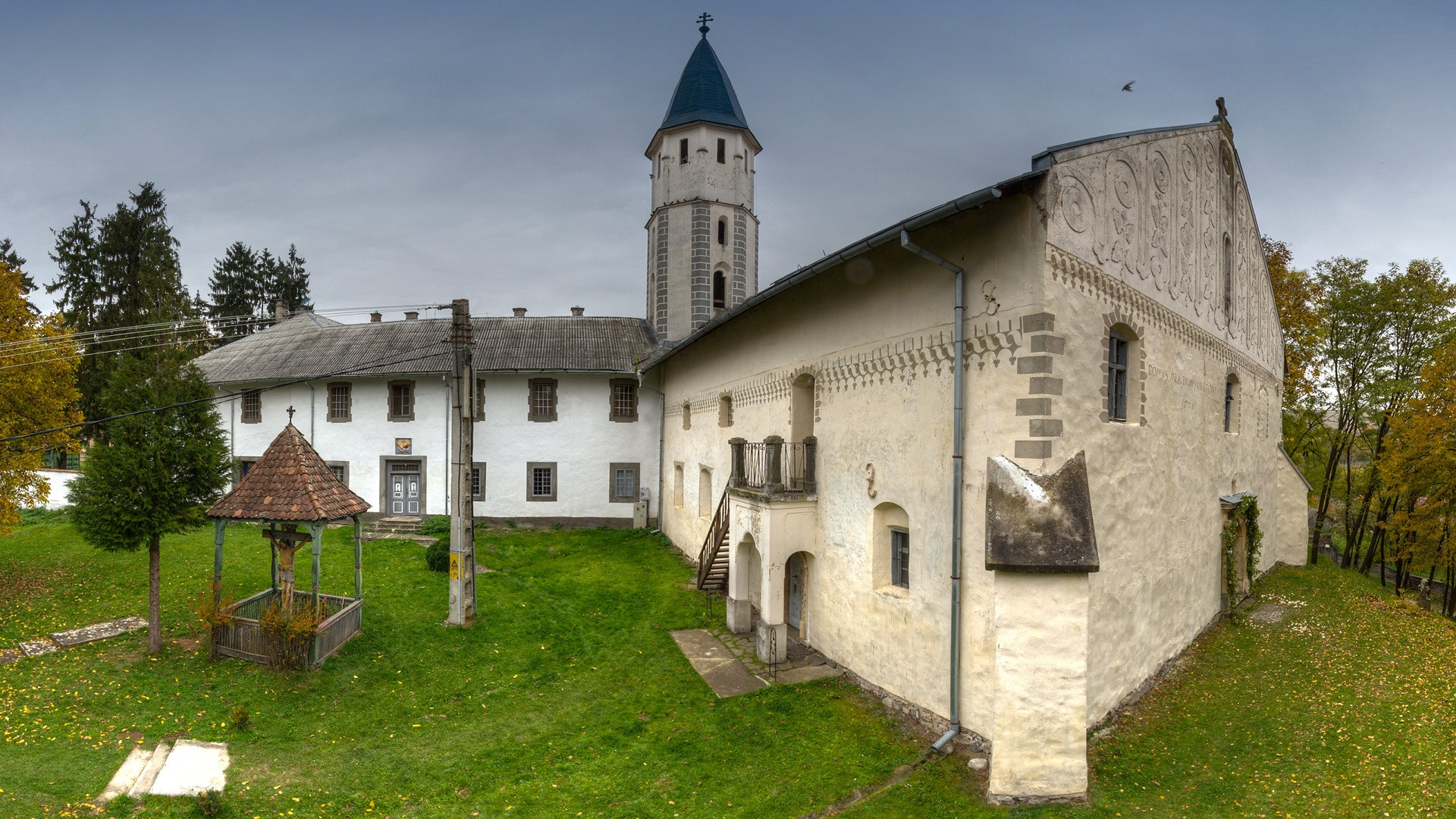
Franciscan monastery - Călugăreni
The inscription that can be seen on the western façade of the church consecrated to king St. Stephen (1678) marks the date of the ending of construction. Under the southern, St. Francis side altar the double crypt of friars and aristocratic families supporting the church can be found. On the wall and pillars of the nave plaques of prominent friars, of the Torma family from Csicsókeresztúr/ Cristeștii Ciceului, as well as that of the Count Bornemisza family can be seen. From the perspective of the history of education it is important that from 1669 on, for more than a century, there operated a secondary school in the monastery, and when it was moved to Târgu Mureş, its place was taken over by a primary school.
Learn more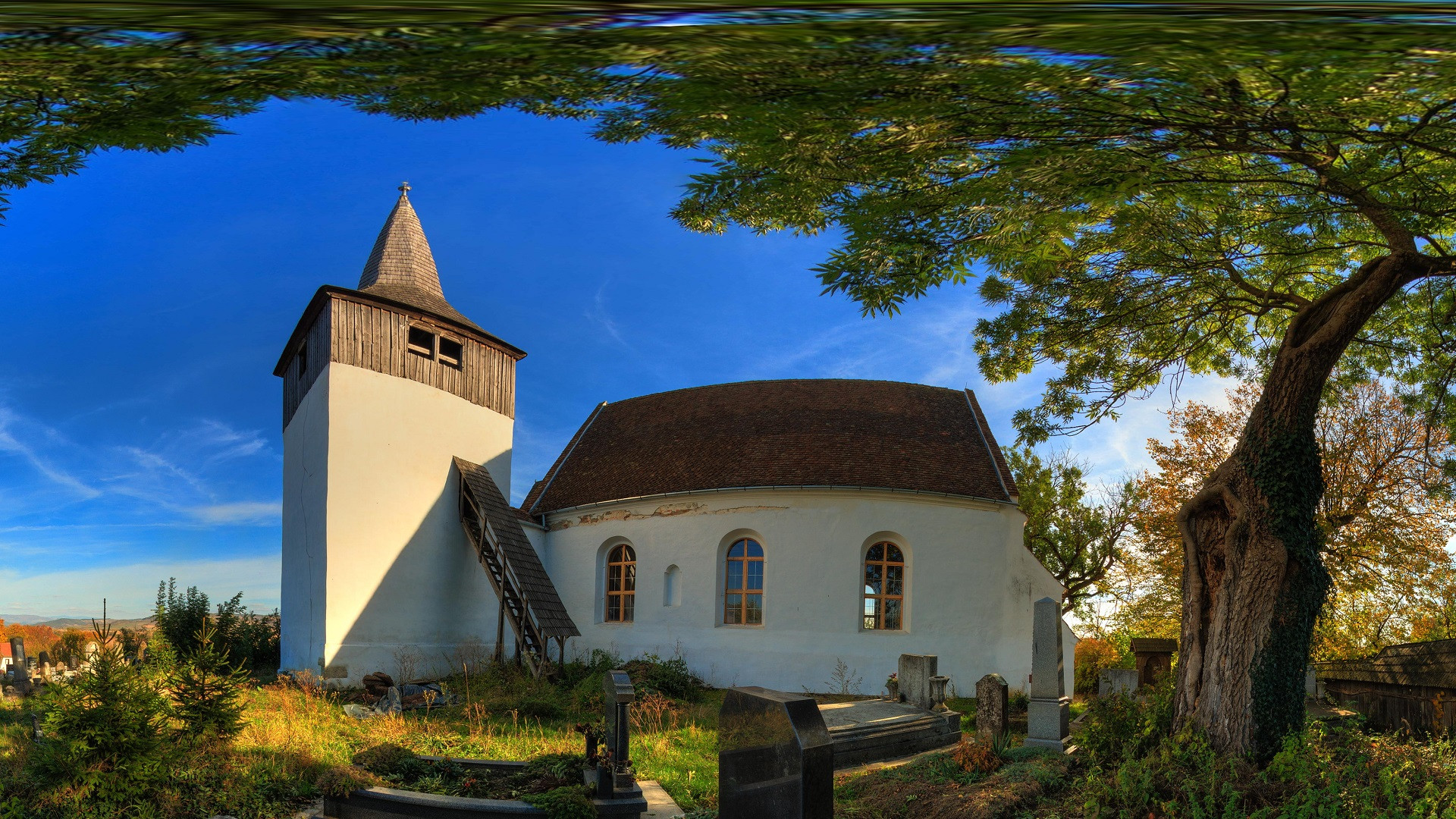
Unitarian church - Nyárádszentlászó
The Unitarian church, covered with shingles and surrounded with a board fence is a precious monument. It bears the features of both Romanesque and Gothic style. Its oldest part is the sanctuary oriented towards the east, with a window from the Romanesque age. The stone door frame of the western entrance and the door leading from the sacristy to the ground floor space of the tower is Gothic. The nave with unpainted board ceiling gained its current form in the course of reconstruction at the end of the 15th and at the beginning of the 16th centuries. The tower also originates from this period. Originally the northern wall surface of the nave was decorated with a painting series of the Saint Ladislaus legend, but this was destroyed during the major repairing in the mid-18th century and due to the cutting of new windows. In the period 2009-2015 in the Transylvanian context especially valuable murals were explored in the Gothic sanctuary. The scene unknown so far may supposedly represent a crucifixion; its technique and style differs from, is earlier than the Late Gothic murals of the sanctuary. The restoration work was supported by the Rómer Flóris Project and was carried out by restorer Lóránd Kiss. The defence role of the square-shaped tower is indicated by the fact that it has no entrance from the outside. In the vaulted room under the tower the grave of landlord Mátyás Sigér, deceased in 1586, can be found. As regards the interior furnishing of the church, a bench from 1694 is worth mentioning, the front part of which is painted, as well as the pulpit “crown” and Lord’s table, commissioned by Judith Simén in 1784. The organ was made in 1841 from Klára Sárosi’s donation. The nave is covered with tiles, the sanctuary and the tower are covered with shingles. The 450 kg big bell was cast in 1498, and the 120 kg small bell was donated to the parish by Mózes Adorjan in 1925.
Learn more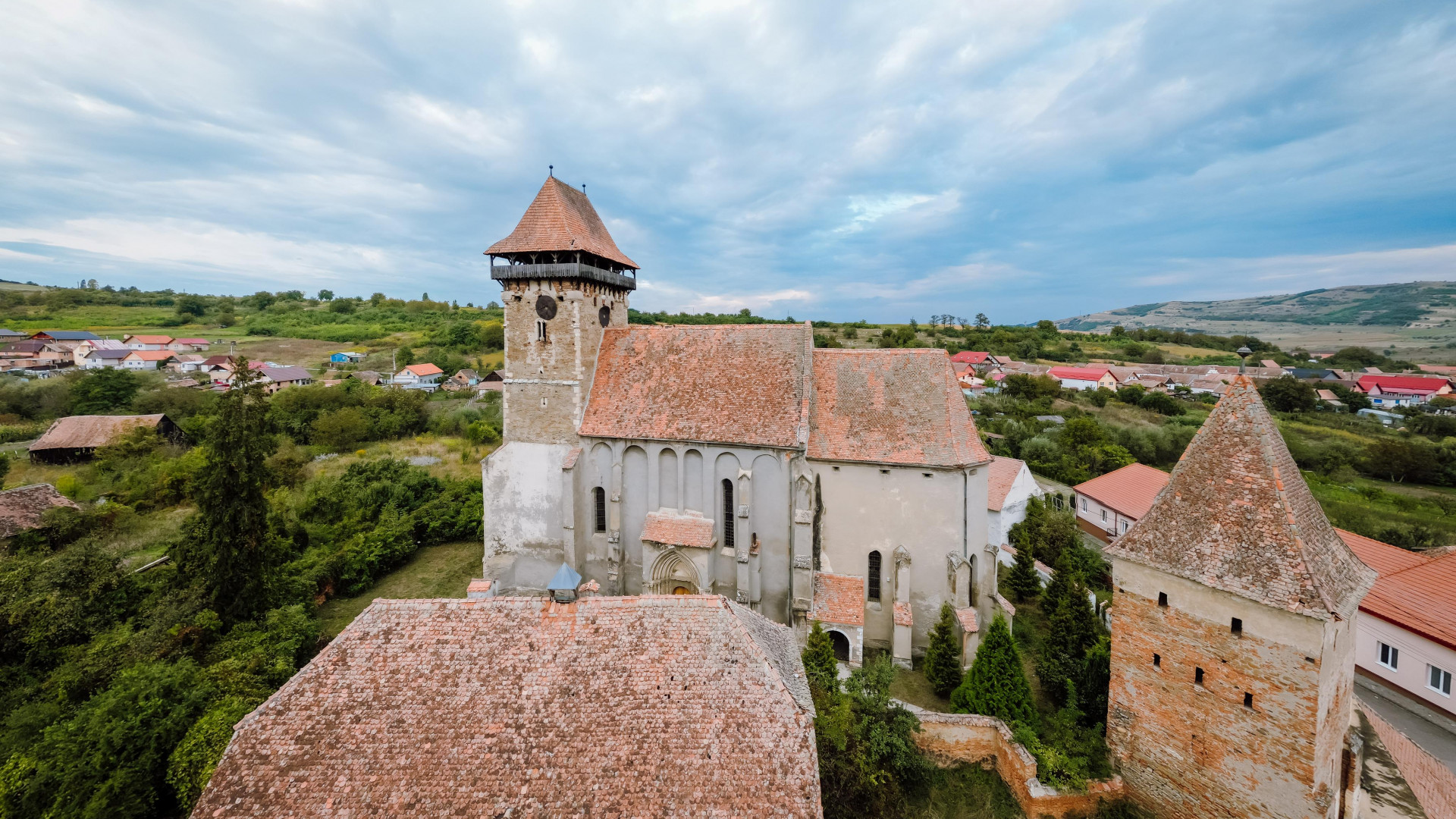
The Fortified Church of Băgaciu
In the village of Băgaciu, first documented in 1351, there is a fortress from the 15th century, surrounding a church from 1420. The enclosure wall has three defensive towers and a gate tower, which resisted attacks by Turks, Tartars and Kuruts. Built on the site of an old basilica, the church impresses with its size and ornamentation. Inside, the East and West portals are adorned with valuable sculptures, considered to be among the finest stone works in Transylvania, fragments of the old wall paintings depicting the Apocalypse are still preserved on the North wall, and the choir stalls, executed in 1533 by Johannes Reychmuth, are among the most valuable in Transylvania. In addition to the organ built by the famous Samuel Metz in 1804, the eroded drollery, which seems to protrude from the ceiling and watches over the choir, is also impressive. In the village of Băgaciu you can still admire old houses dating back to 1773.
Learn more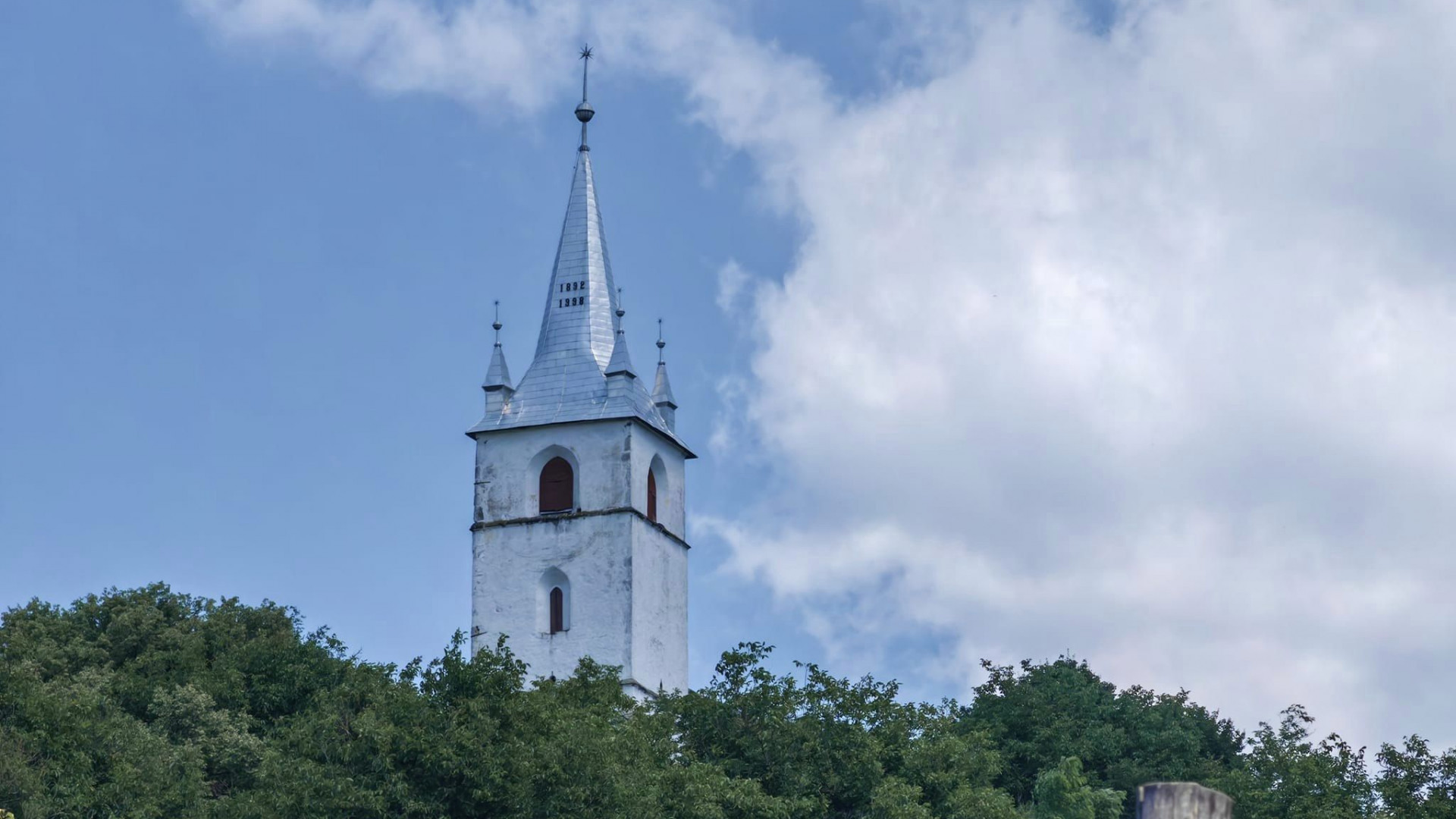
The Reformed Church of Bâra
In Nirajul Mic Valley, in the village of Bâra, a church of important historical value, dedicated to the Holy Cross, stands on the hill of the village. The Reformed church of Bâra was built in 1385, displaying both Gothic and Romanesque elements. According to the Transylvanian ethnographer Balázs Orbán, the church's large bell weighs 15 quintals (1.5 tons) and the most beautiful sound in the whole region. During the restoration works in 2001, murals were found in the nave that was rebuilt in the 18th century and four fragments of runic script were found on the second floor of the tower. The crypt beneath the church was walled in in 1621, and fragments of a true chronicle from the 16th century, with important events in the region, can still be seen on the whitewashed walls of the sanctuary, such as the locust invasion, Queen Izabella's journey, the Transylvanian plague or the fall of the town of Szigetvár in Hungary.
Learn more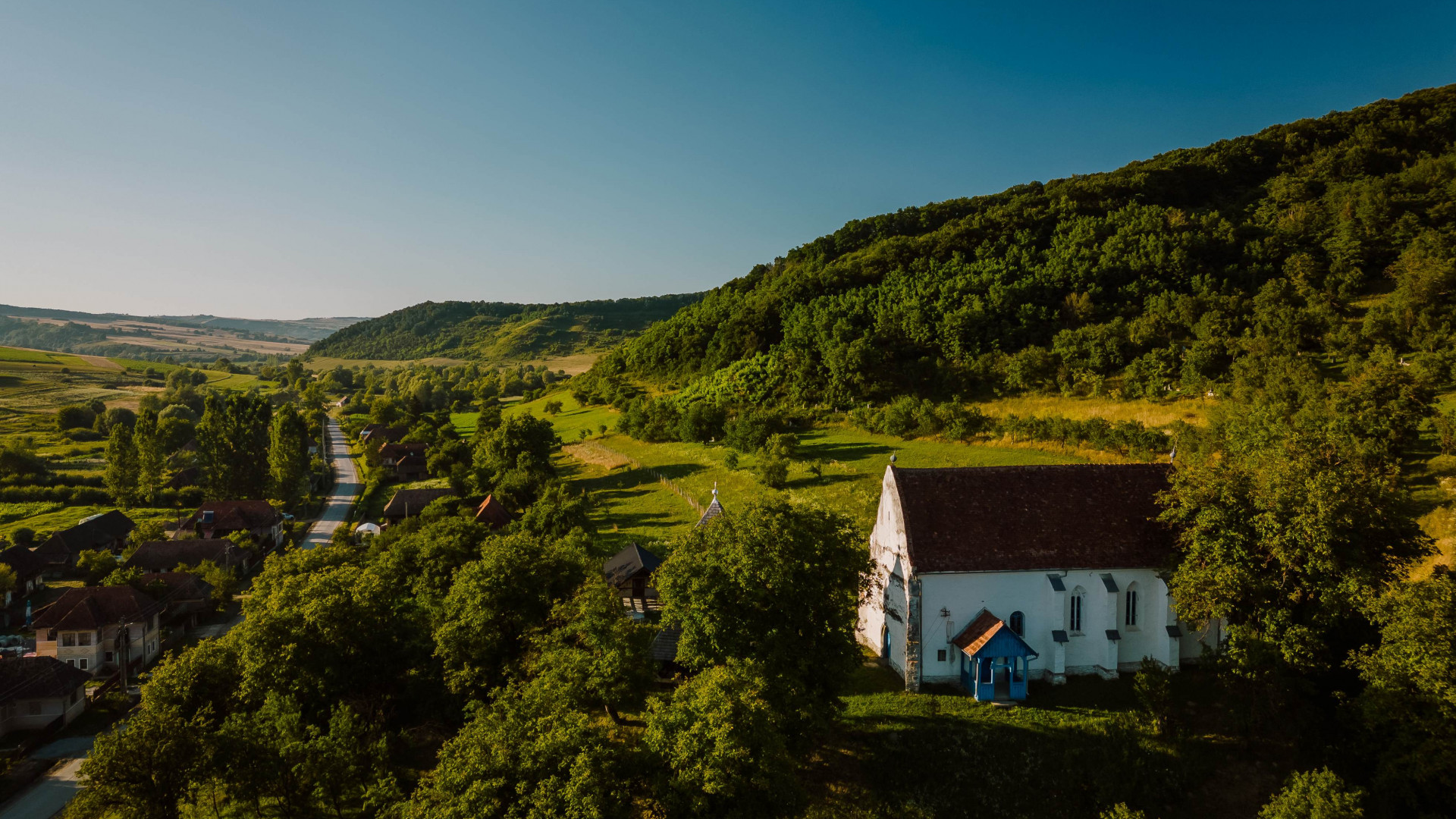
The Gothic Reformed Church of Eremieni
The Gothic church of Eremieni is believed to have been built by the people who settled here in the 13th century, in honour of Prince Saint Emeric of Hungary. The monument stands on a small hill overlooking the village. During the religious Reform in the 16th century, the interior of the church was remodelled as the congregation became Reformed. The decorative boxes covering the ceiling disappeared from the church in the early 1900s, as did the stellar vault in the sanctuary. The ornate pulpit dates from 1758, while the wooden ornament on the altar table and the marble slab with inscriptions were donated by the poet and pastor Lajos Megyesi and his wife in 1804. Despite the losses, the church still retains its typical Gothic features: the church windows, buttresses, entrance, etc. The walls were decorated with frescoes, but most of these have been destroyed by centuries of corrosion and repeated layers of lime. Two fragments of frescoes depicting the crucifixion of Jesus have been restored. The church tower was built in the 19th century as a wooden structure, which is still in very good condition.
Learn more